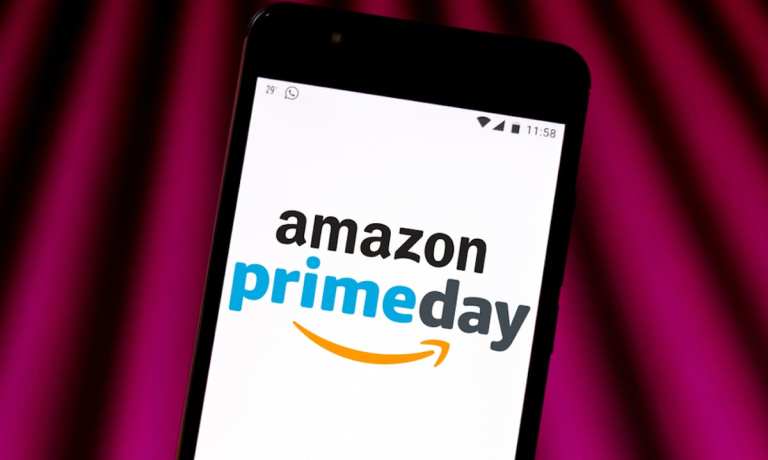
The world’s worst-kept secret in retail was confirmed overnight, with Amazon announcing that it will hold its annual Prime Day sales event on June 21 and 22 — just 10 days before the close of the second quarter, and earlier than its historic placement in mid-July.
The highly promoted two-day event will include over two million markdown items, with a special curated storefront and coupon component targeted at small businesses, as the online giant looks to retain and attract new sellers to its segment-leading marketplace.
“At the heart of Prime Day is our incredible selling partner community of almost two million small and medium-sized businesses around the world,” the company’s blog post stated, noting that third-party sellers represent almost 60 percent of sales on Amazon.
In addition, Amazon is playing up the budding connected voice commerce trend via its Alexa/Echo devices, as well as celebrity-hosted social commerce events that will allow customers to hunt for deals alongside actress Kristen Bell and other personalities.
The Ripple Effect
Last year, COVID-19 complications saw the event postponed until October, but it still managed to generate a record $10 billion haul over the 48-hour span. While there were concerns that holding the Amazon event so close to the traditional Black Friday holiday season would dilute the impact of that annual post-Thanksgiving retail surge, the rescheduling ended up only lengthening — or pulling forward — the holiday shopping season, but did not hinder it.
In addition, while last year’s event was geared more toward holiday-minded purchases as well as practical items in light of the ongoing pandemic, Prime Day 2021 is set to take on a completely different vibe and purpose.
Specifically, the online event aims to entice shoppers who have shown a recent preference for in-store shopping trips, while leveraging the uptick in the seasonal merchandise and categories that go along with summer, travel and vacations, all of which are currently experiencing a renaissance of sorts.
There will also be a speed and logistical component to this year’s event, given the $18 billion investment that Amazon has made to streamline and compress the time it takes to move an item from shopping cart to doorstep. Last year, the company was pleased to have set a record by delivering a car air freshener to a customer in just 29 minutes, an accomplishment it will certainly try to beat.
The Q2 Effect
By pulling the event forward to late June, Amazon will see its normally lagging Q2 revenue get at least a 10 percent bump — albeit at the expense of the second quarter. Meanwhile, analysts are projecting that Amazon will deliver $115 billion in sales for the three months ending June 30.
However, taking a more macro view, a two-day sales surge of even $20 billion — a doubling from last year — would amount to only about 4 percent of annual revenues projected to approach $500 billion this fiscal year.
With Prime Day now on the calendar and slated to run simultaneously in 20 countries, competitors will have less than three weeks to plan their own counter sales events in an attempt to skim traffic from the 150 million Prime subscribers who may be tempted to do some price comparisons.